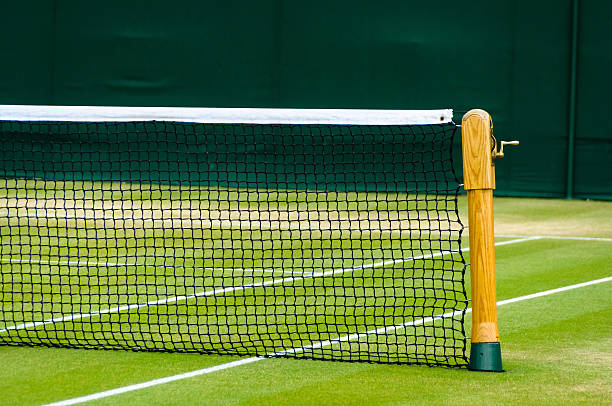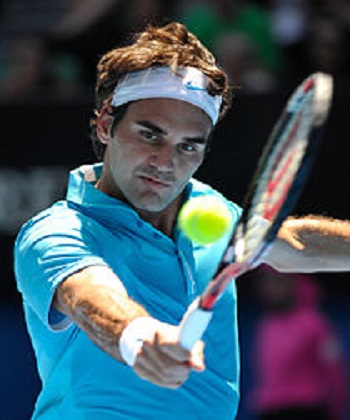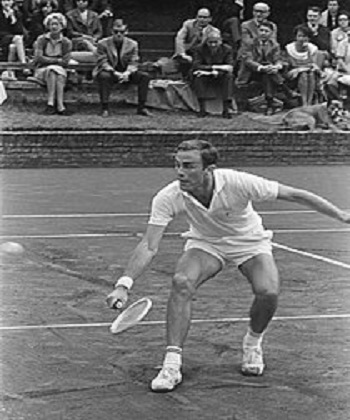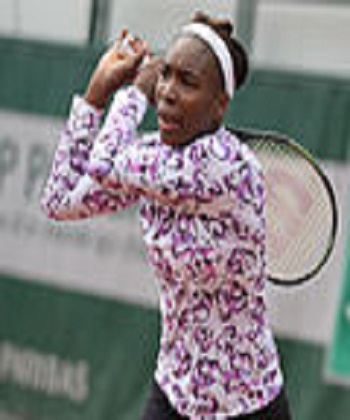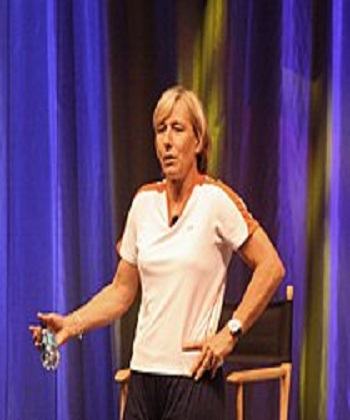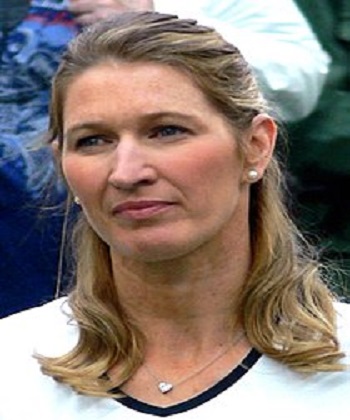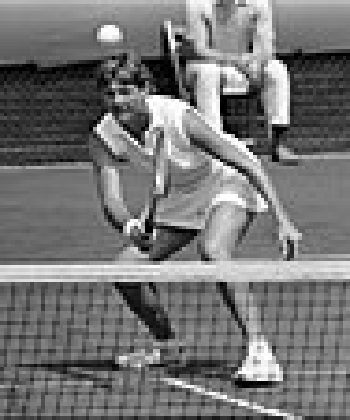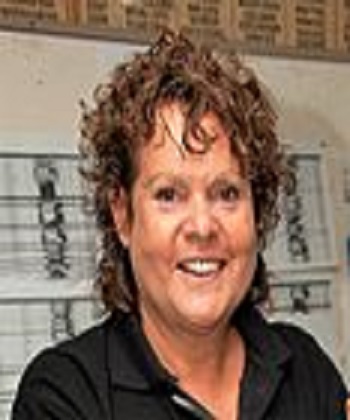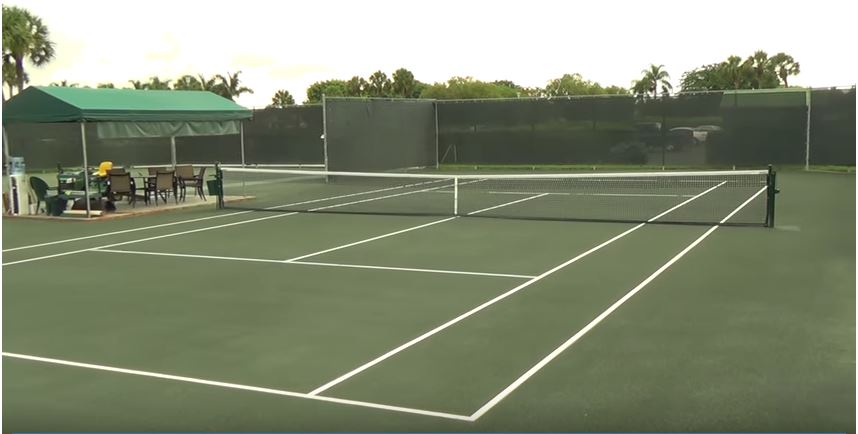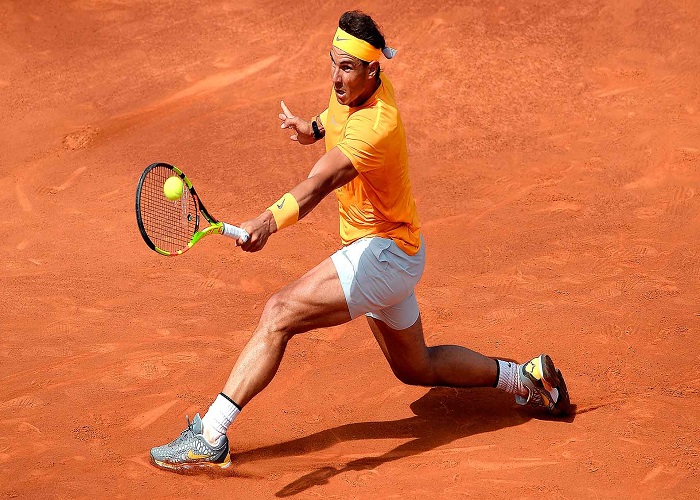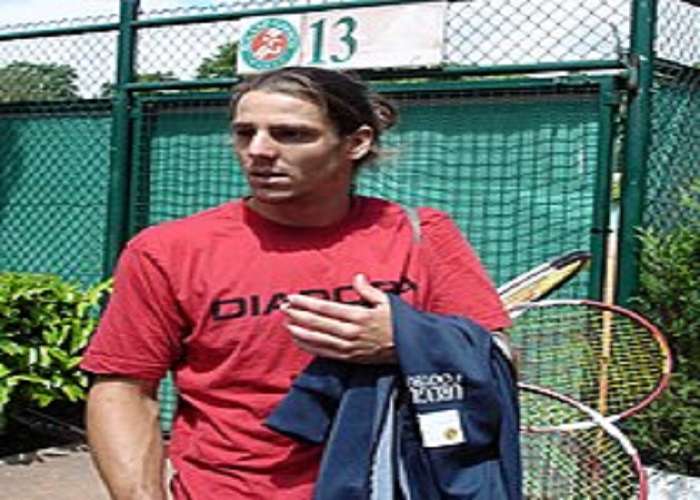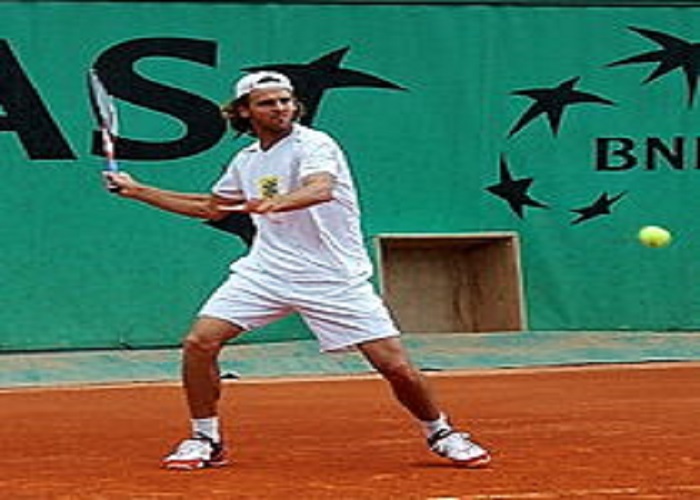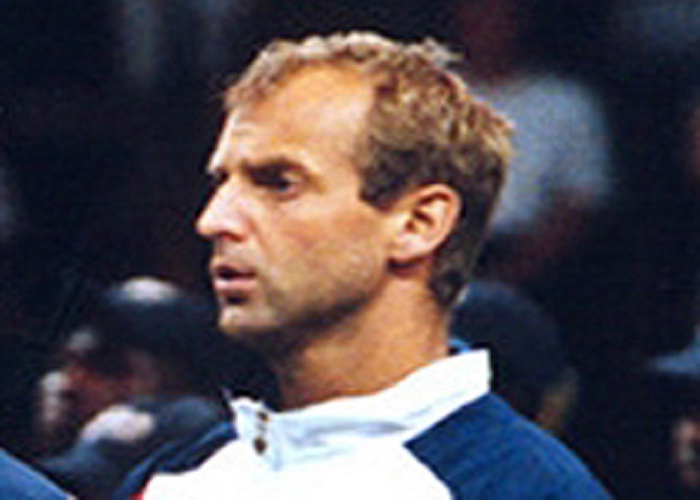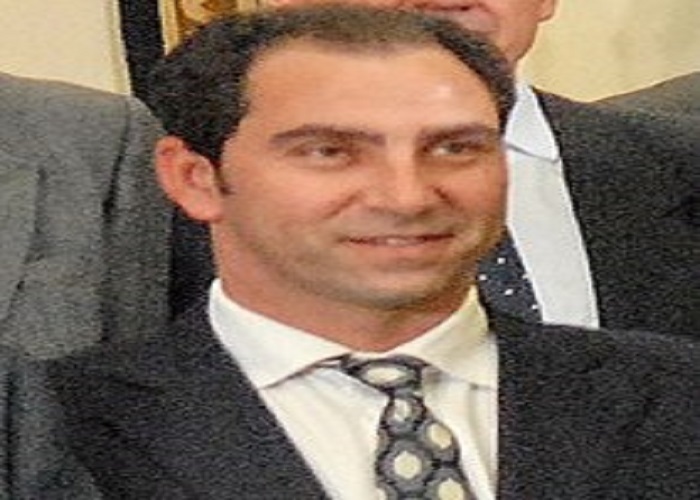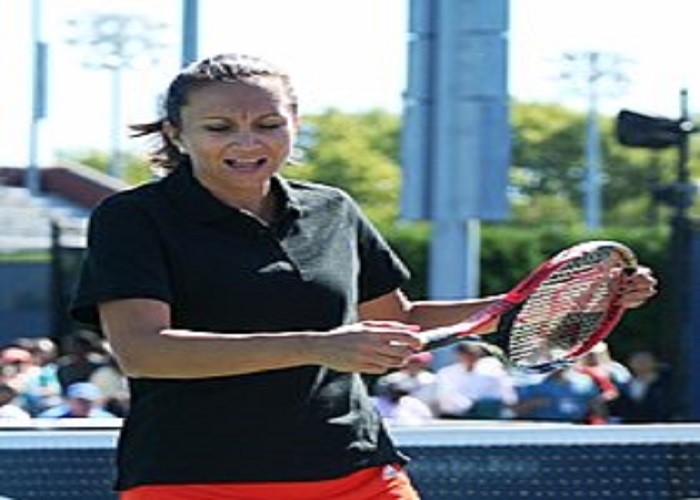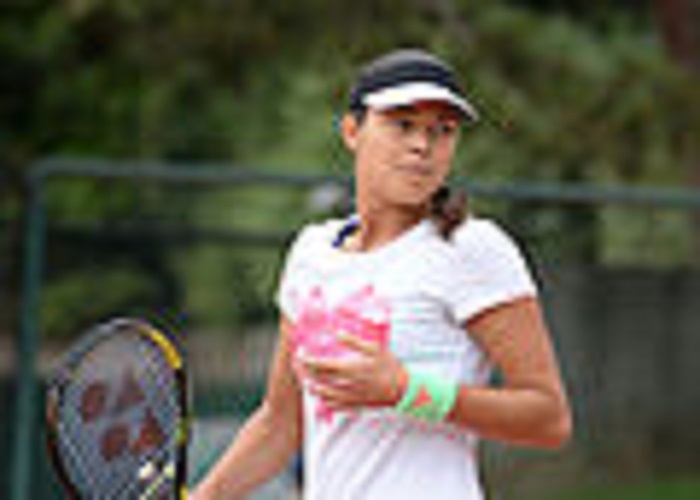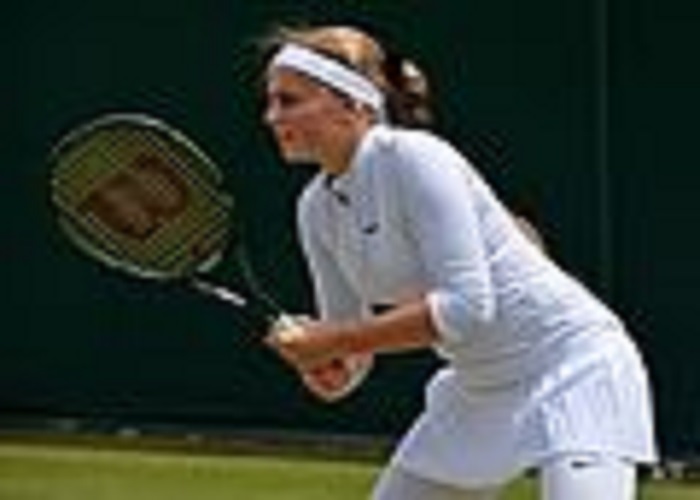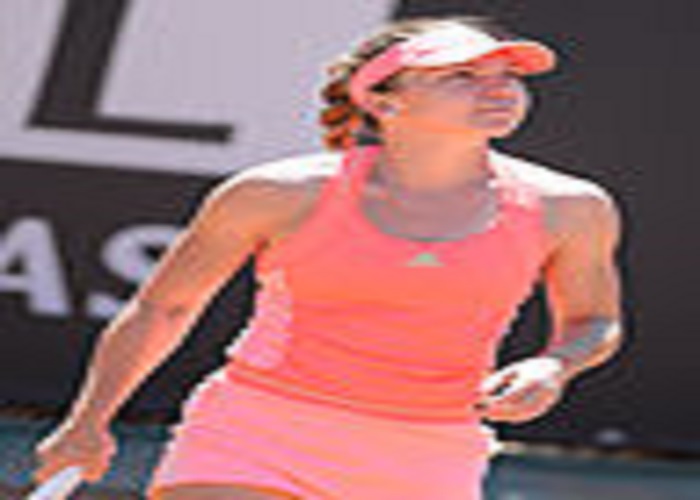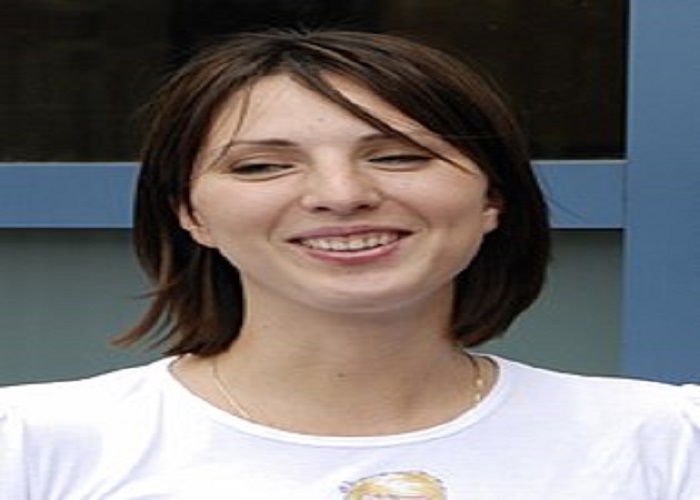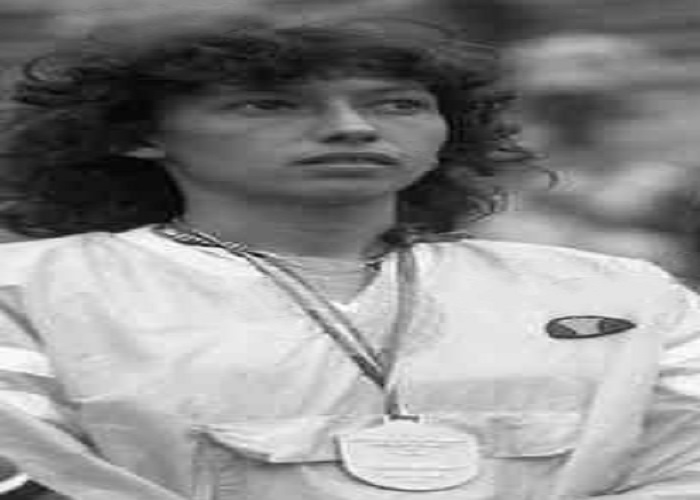 A court which is no longer in use for professional matches but at shoulder to shoulder with grass court in terms of speed. They are temporary fixtures laid on concrete or asphalt and comes in different designs and colours.
A court which is no longer in use for professional matches but at shoulder to shoulder with grass court in terms of speed. They are temporary fixtures laid on concrete or asphalt and comes in different designs and colours.
They are mostly manufactured from polymeric or rubber materials which are supplied in rolls like the normal carpet used at homes. Due to its fastness comparable to only grass courts, exit balls have smaller angles like the grass courts.
Before its use for professional event was halted by ATP (Association of Tennis Professionals), it was mostly used for indoor tournaments which is now replaced with hard courts. The change generated misunderstandings among some players as it was considered an unfair treatment to those who enjoy fast games.
End of Carpet Courts – Why Was it Changed?
The change, perceived to favour slow court players stood when it was agreed by the top 50 players of the circuit. In addition to this, Kris Dent, the ATP Director of Communications said, “the change was decided for different reasons, but the most important is to adopt homogeneous surfaces, which will reduce the risk of injury”. This change took effect in 2009 and it still stands.
 The ATP putting an end to carpet court professional events was aimed to promote competitive tournaments that audience will enjoy watching. It was to bring out the talent in players more than the display of only strength and thereby producing matches with fewer points won with ace.
The ATP putting an end to carpet court professional events was aimed to promote competitive tournaments that audience will enjoy watching. It was to bring out the talent in players more than the display of only strength and thereby producing matches with fewer points won with ace.
Looks like the motivation to homogenize tennis court surfaces was the only drive for ATP/ITF officials to change the carpet court. No, it wasn’t. There was a side plan to it. And it’s amazing how they succeeded because their plan worked.
The Other Side of the Change, Tennis Officials Motive
It happened that the carpet court was not the only court intended to be cut from the system. It’s counterpart, grass court was also on the table of the ruling tennis bodies. These fast courts of low-bouncing surfaces made it difficult for players to anticipate incoming ball because of their inconsistent ball-bounces. So that was a major point of the ATP and ITF officials to phase-out these heterogeneous surfaces and create homogeneous courts of longer rallies to be enjoyed by audience.
With the homogenization agenda in place, the ruling tennis bodies succeeded in making a major policy change to phase-out carpet court completely. The life of carpet court was shortened at the top-level for good. So, in the year 2009, carpet court took the hit for the fast courts and was removed from its last major tournament, the Paris Bercy Masters.
This gave birth to homogenized hardcourt surfaces with consistent ball-bounces and thus longer rallies. Longer rallies engineered by the ATP/ITF officials to give value for audience’s money was a tool to make more money. That is satisfaction of game by audience make it easier to increase ticket price.
Analyzing the Change a Step Further
In short, carpet courts were normally synthetic carpet on hard surfaces in the Open Era, characterized by smaller exit angle of balls (short rallies), fast game environment and more points won with ace. What made it laudable for the carpet court to be changed is elaborated briefly below.
- Miss in the blink of an eye (Less value for Audience’s money)
In the Open Era these players (now retired) namely Jimmy Connors, John McEnroe and Ivan Lendl were the greatest players of all time who made their names with the carpet courts when the racquets used were not as developed as today.
As racquets were improved, next generations of players like Stefan Edberg, Pete Sampras, Richard Krajicek and others of strong stature turned tennis game on carpet and grass court to be don’t blink if you don’t want to miss type of game. This was believed to be hated by audiences as they don’t enjoy the game. So, it was more of power and less skill.
Therefore, to change this phase of game, generations of Federer, Nadal and Djokovic with modern racquets were not given much of this experience to match the old BIG buddies since the ruling bodies tried to facilitate the use of homogeneous surfaces of longer rallies.
These great players and others lifted the game of tennis with the longer rally courts and when officials saw that the audience had bought into it, the homogeneous courts were sustained. The acceptance of this concept also became a gateway to hike ticket price slowly. The officials succeeded in all angles and thus carpet courts, seen to be the hindrance to this success was taken out of play in professional tournaments. Carpet courts were killed completely!
A Simple Way to Lay Carpet Court, There are Other Ways Too
There are several techniques used for constructing this court which depends on how much sand was used and its type. As stated earlier, these courts are laid on concrete or asphalt base, I will concentrate on laying of the carpet on any of this base.
With the base in place, it is washed to remove free materials and loose stones on the surface of the base. Any holes found on the base is filled with resin sand mix normally used by paving firms. This is a porous material that rain water can go through.
Marking Out the Court
A single court has a total of 8 rolls of carpet with 4 each on both sides laid from the center of the court towards the baseline. Using about 3-inch nails, taut line and aerosol, the eight sections are marked from the center of the courts with the standard court dimensions. Before the carpet are laid in the markings, it is expedient to check any visible stones. 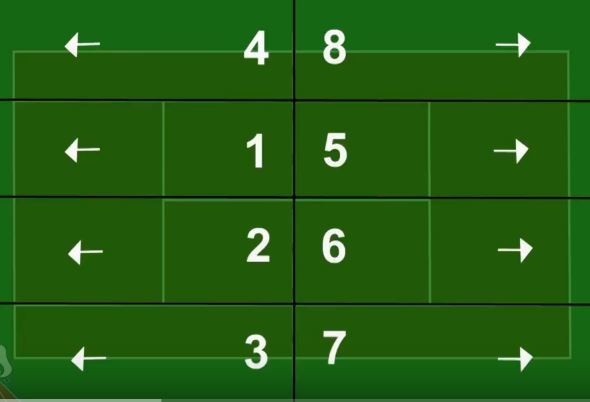
Laying the Court
After marking the base, the carpets are rolled out from the center of the court with each following the various sections towards the baseline. Overlaps are removed and the carpet are fitted edge to edge. The white markings of the actual court are also fitted using glue mixed with hardener.
Once all the lines have been placed into the carpet mat, a kiln dry sand is spread on the surface. It is evenly spread with a brush on the entire court and then left for about two weeks. After the set period, the court which initially looked like a beach will now be ready for play. The sand would have been absorbed into the carpet fibers. You can check here for a short video on that.
You now have your court ready. Enjoy it!
Conclusion – How Do You See the Court Now?
I guess you might have wondered how carpet court was and I hope this post has painted a clear picture as to how the court is? I haven’t tried one myself but I hope to take that challenge of trying it if I should come across one. What about you? Have you tried this court before?
Feel free to share your experience of this court in the comment below if you have ever tried it and I will be glad to read. Also, what is your take on stopping the use of this court for professional tournament? Just drop your view and it will be appreciated.

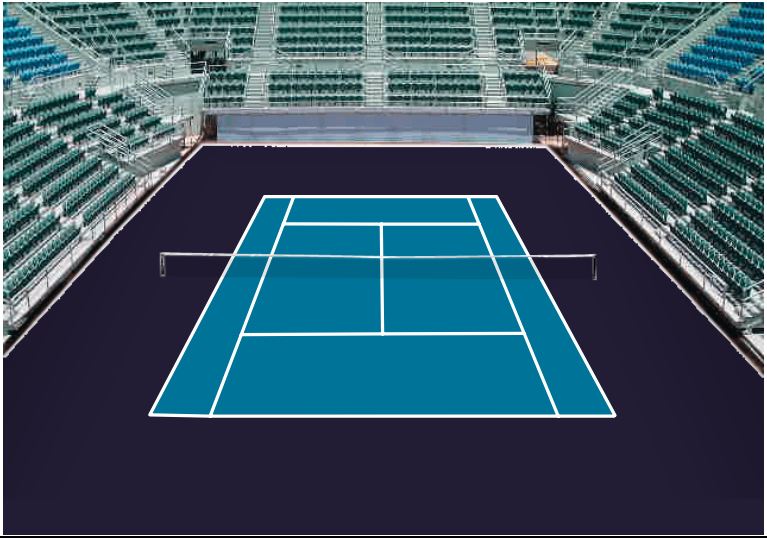
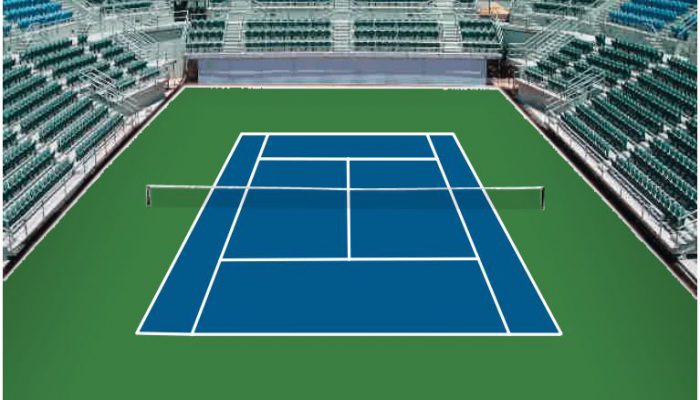
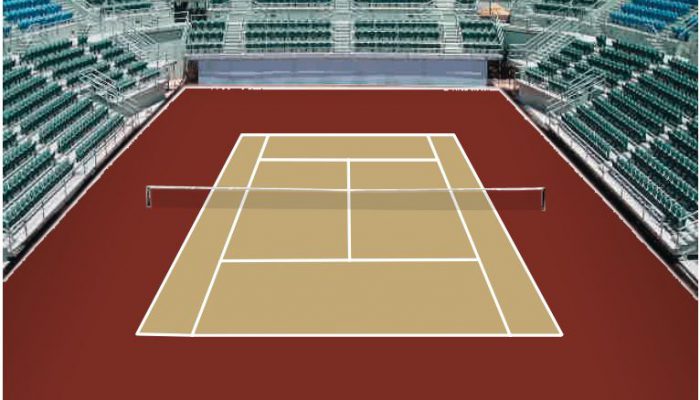
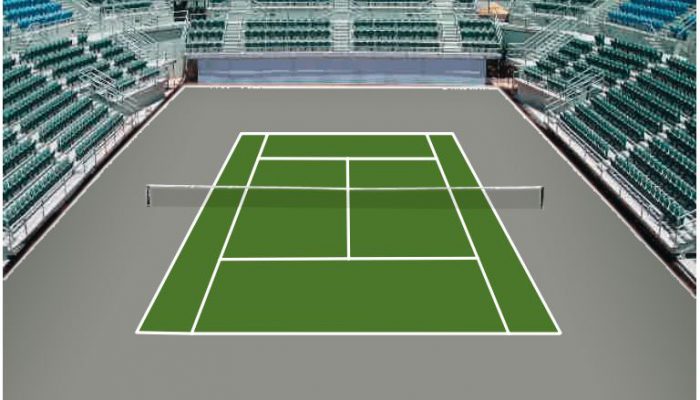


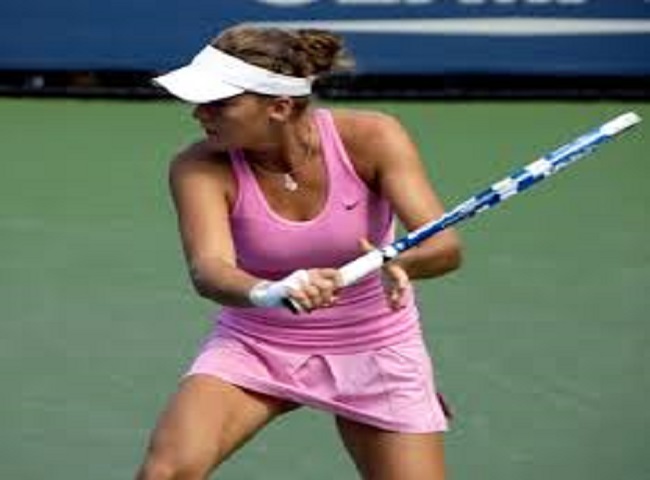





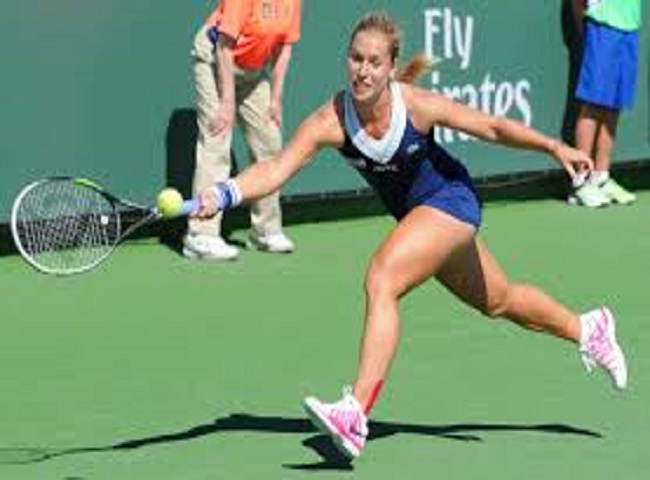
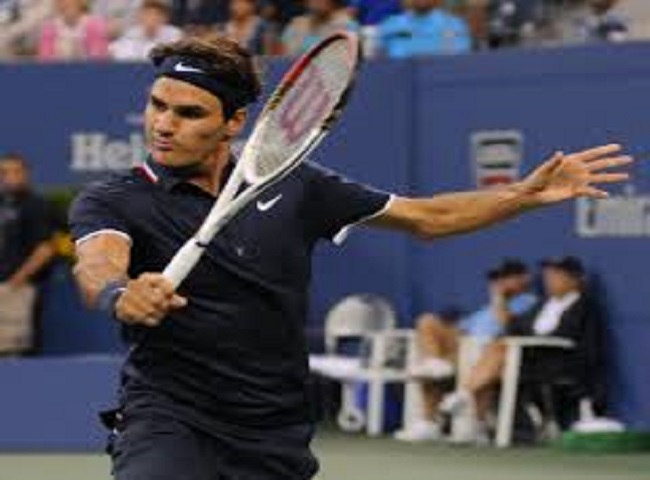


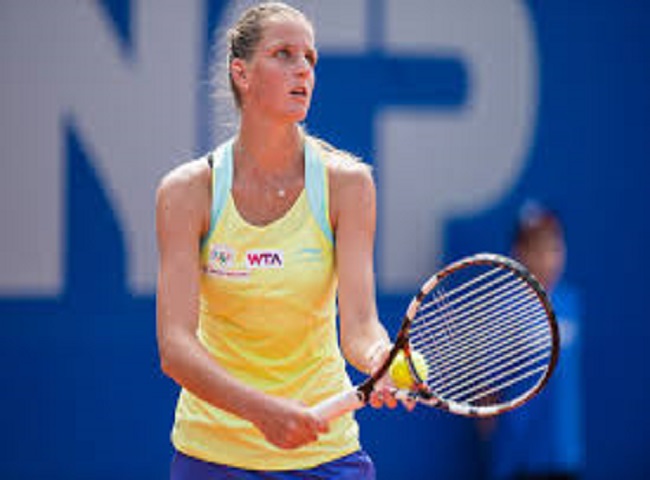
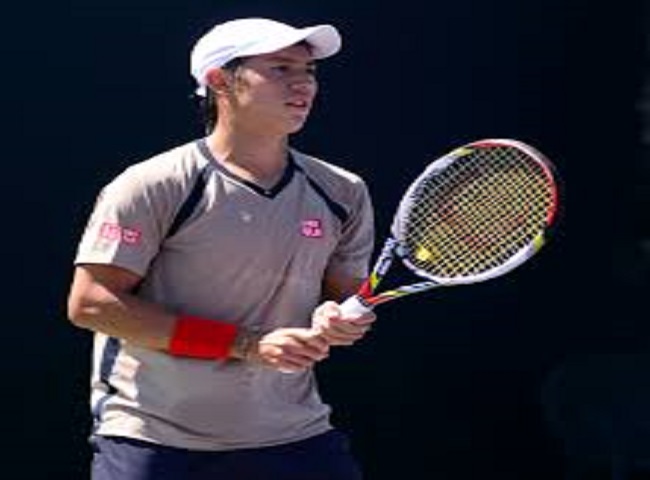

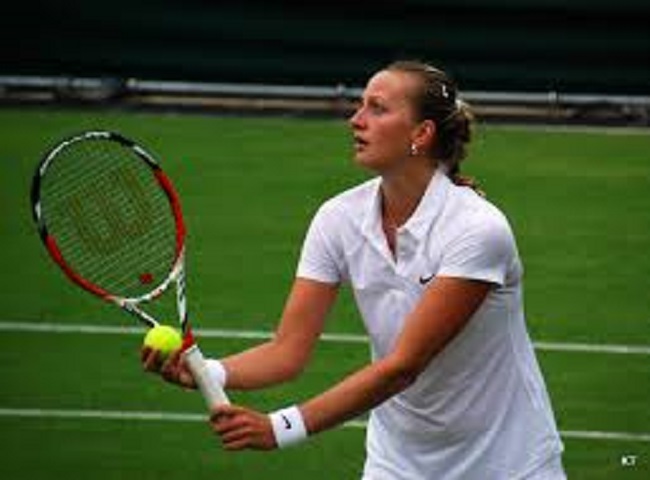
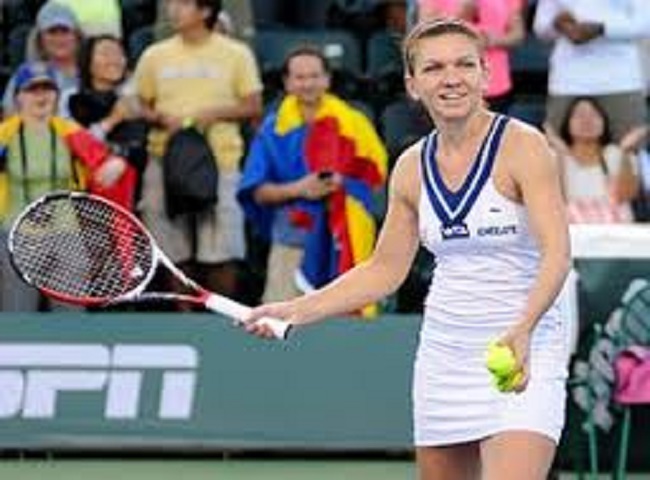


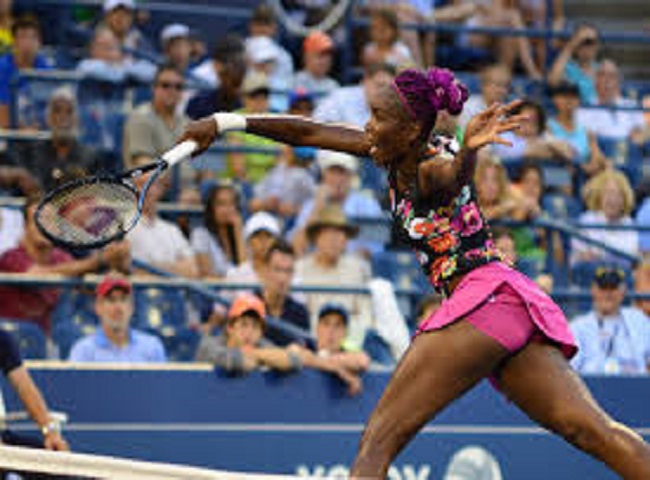
 Hard-Court Summary – Try it!
Hard-Court Summary – Try it!